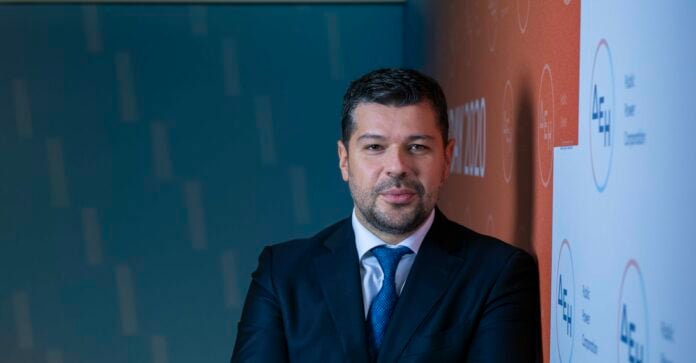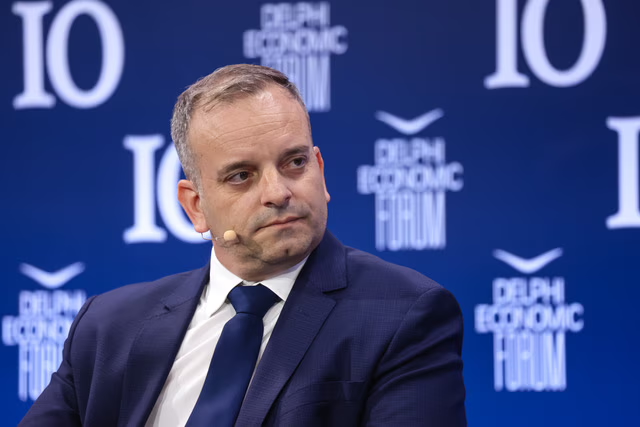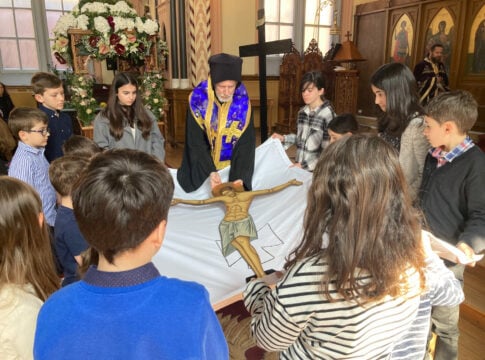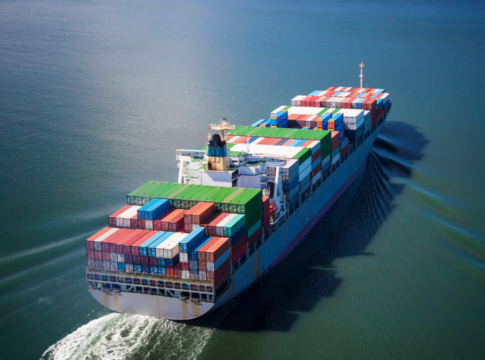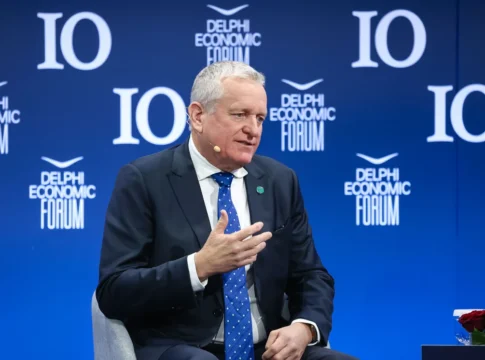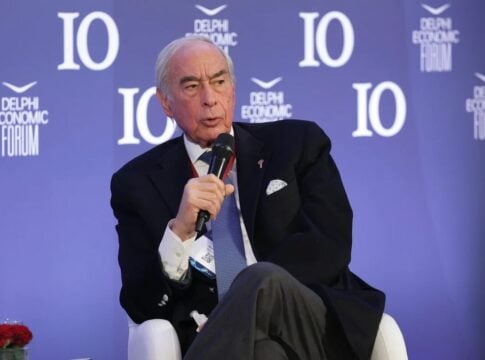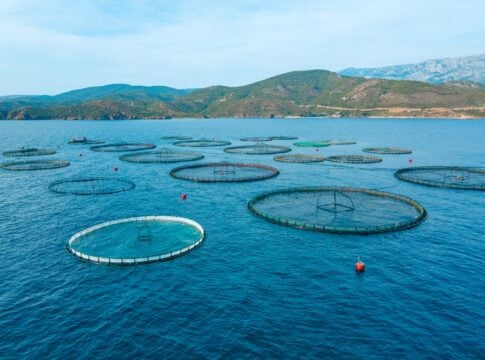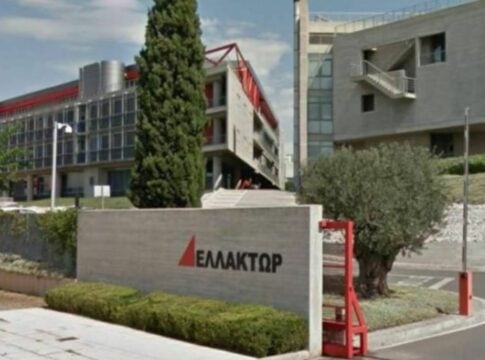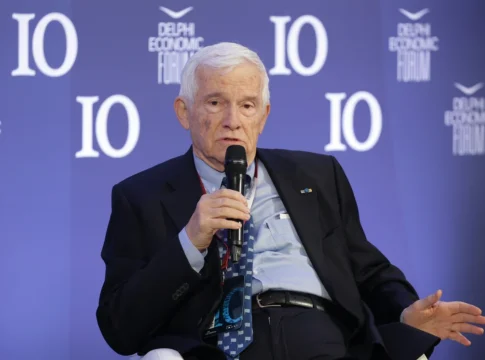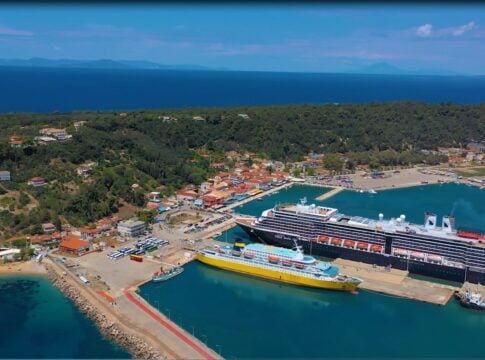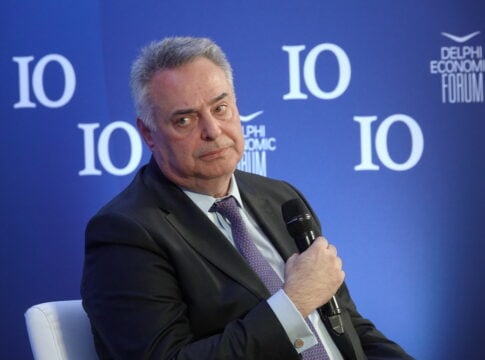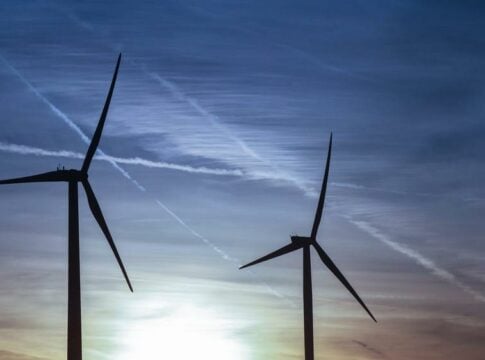The “green” sign in the energy mix of PPC was highlighted, among others, by the President and CEO of PPC, (and vice-president of Eurelectric) George Stassis, speaking at an introductory panel at the Eurelectric conference that takes place on Wednesday and Thursday in Lagonissi.
Stassis pointed out that PPC plans to double the power of RES in its portfolio within the next three years, while the plan of lighite phasing out is in full progress with the withdrawal of all lignite units by 2028. “We are implementing the biggest development plan of RES projects in the region of Southeast Europe. We already have 4.7 GW in operation, capacity that we will double in the next three years.”
Stassis also said that the transition to clean energy sources is accompanied by high – and ever-increasing – variability in power generation, for which the “antidote” is the increased flexibility that will be brought by the electrical interconnections and the digitization of the distribution network that will enable flexibility in demand, through – among others – the penetration of smart meters.
In continuation of the corresponding priority given to the promotion of digitization, PPC adopts and implements similar goals and practices. Although a number of risks arise for the security of the system (see cyber security), however, as he underlined, full digitization in relation to the flexibility it offers, is one way for the development of the electrical system. Recognizing the importance of coordination in the face of common challenges, he noted that “we need to work together to bring results. We need interconnections as they will allow us greater energy security,” he underlined.
In addition, Stassis referred to the issue of infrastructures, highlighting the direct relation with the strengthening of the competitiveness of European industry and economy as a whole.
High on the agenda are also the “next steps” regarding the entry into AI services and the overall strategy to become an integrated energy group at the level of Southeast Europe.


